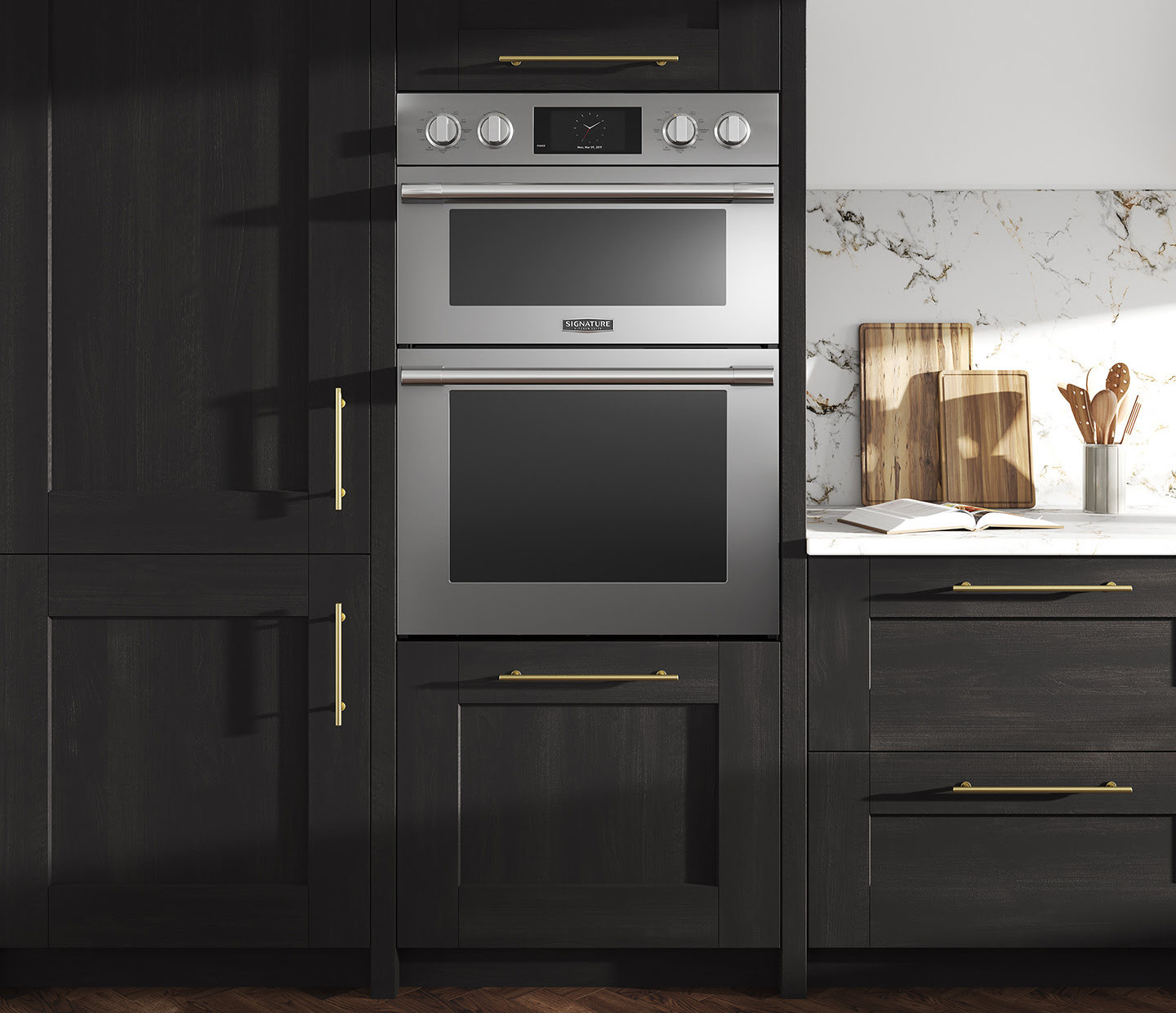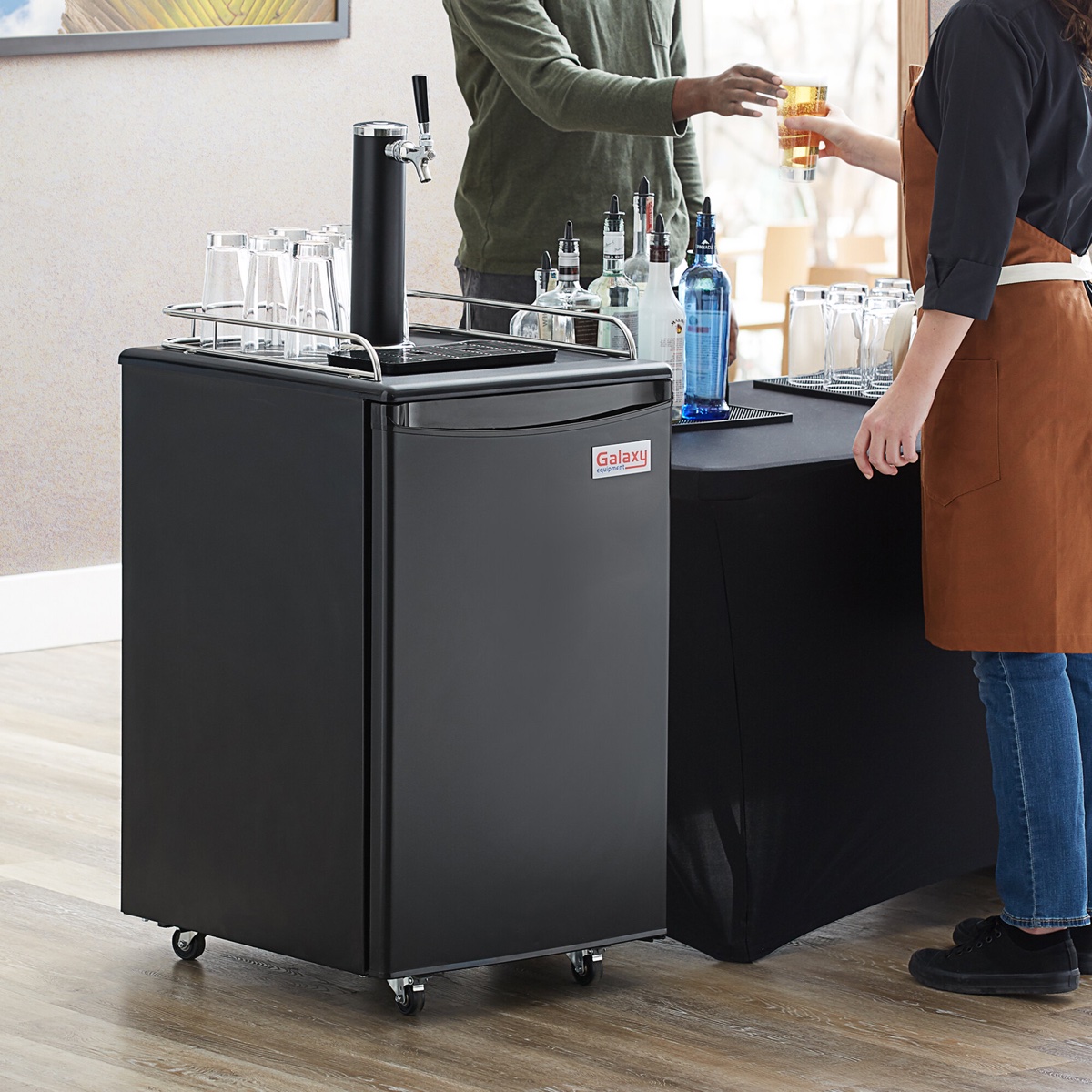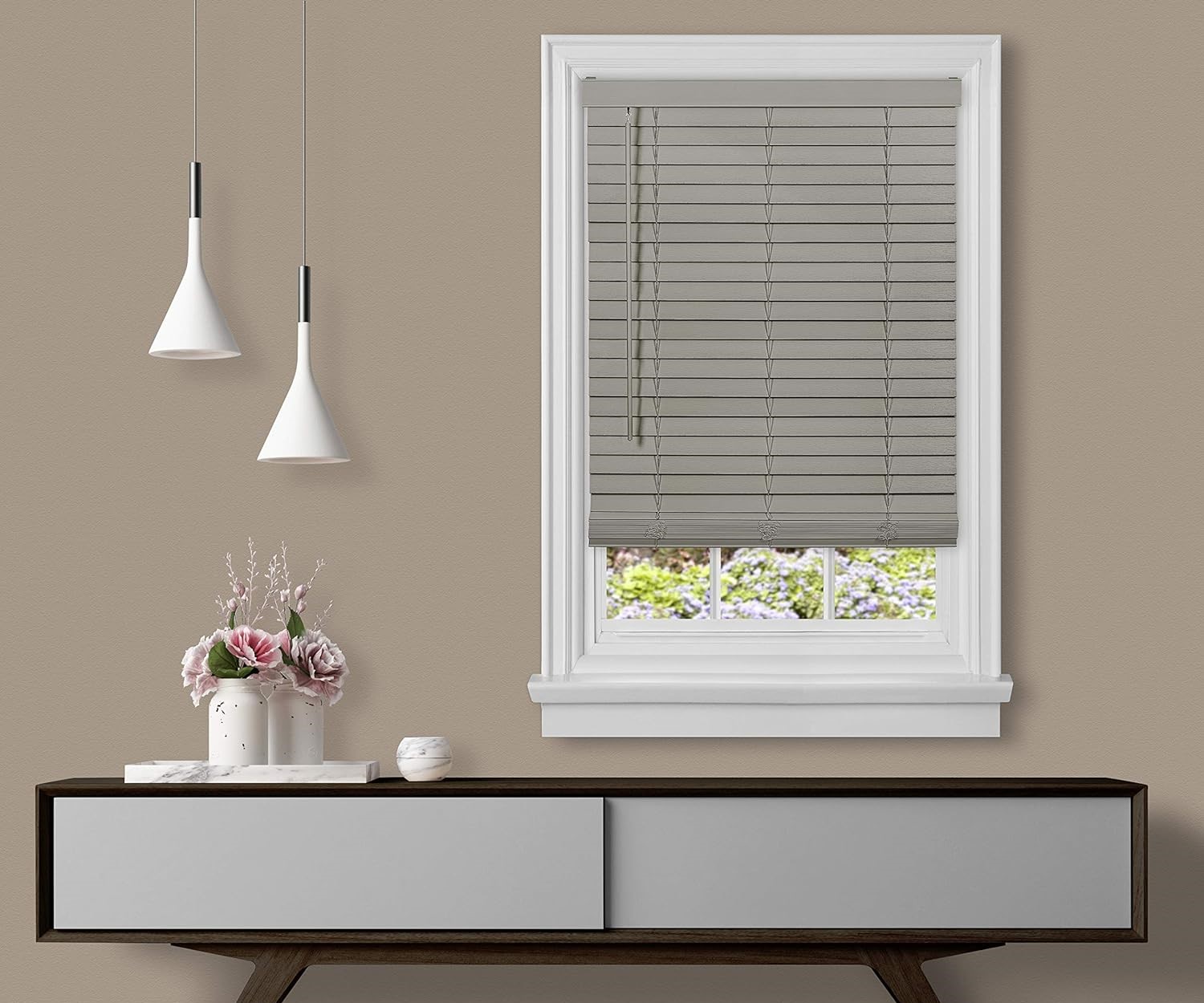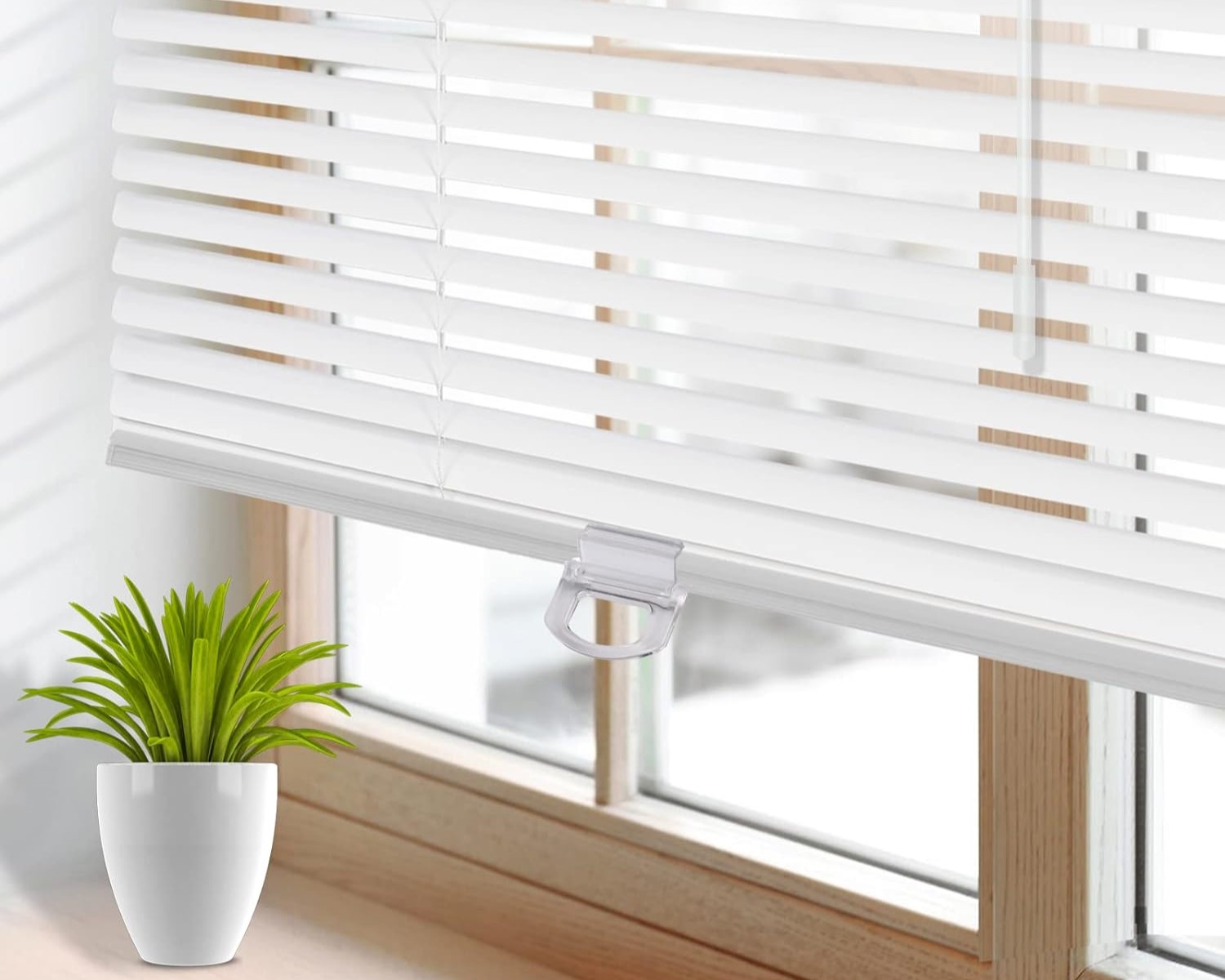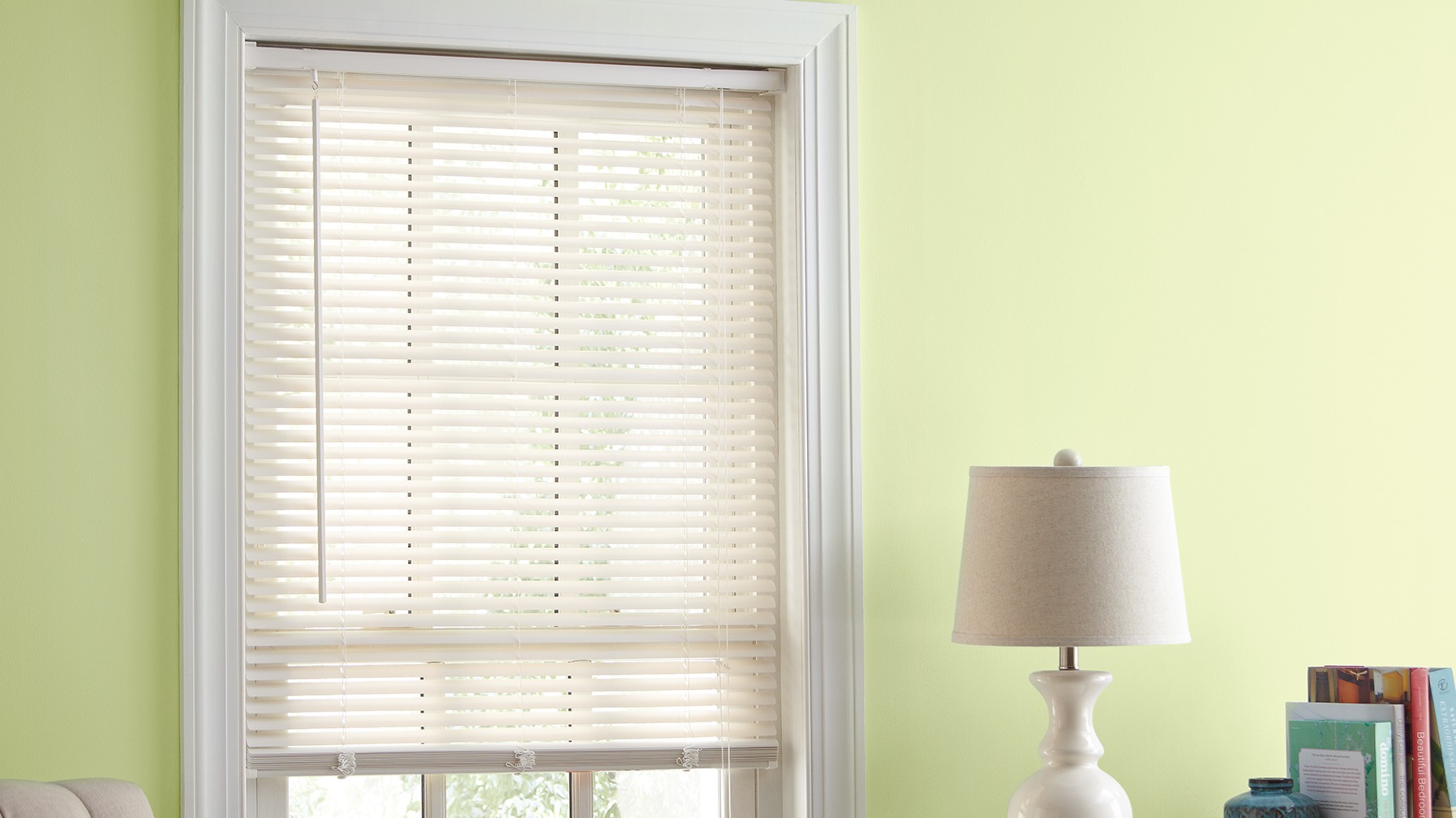

Articles
What Sizes Do Mini Blinds Come In
Modified: January 5, 2024
Find out the different sizes available in mini blinds through our informative articles. Learn how to choose the perfect size for your windows.
(Many of the links in this article redirect to a specific reviewed product. Your purchase of these products through affiliate links helps to generate commission for Storables.com, at no extra cost. Learn more)
Introduction
Welcome to our comprehensive guide on mini blind sizes. Mini blinds are a popular window covering option that offers both privacy and light control. Whether you are looking to install mini blinds in your home or office, understanding the available sizes is essential in ensuring a perfect fit and maximizing their functionality.
In this article, we will explore the various sizes that mini blinds come in, including both standard and custom options. We will also discuss important factors to consider when choosing the right size for your windows.
Whether you have small windows or larger ones, mini blinds can be customized to fit any space. So let’s dive in and discover the different sizes available for mini blinds!
Key Takeaways:
- Mini blinds come in standard widths ranging from 23 to 72 inches and standard lengths from 64 to 84 inches, covering a wide range of window sizes without the need for custom orders.
- When choosing mini blind sizes, consider factors such as accurate window measurements, mounting location, depth of the window frame, desired coverage, style, functionality, and budget to ensure a perfect fit and enhance the aesthetics of your space.
Read more: What Sizes Do Urns Come In
Understanding Mini Blinds
Before we delve into the different sizes of mini blinds, let’s first gain a better understanding of what exactly mini blinds are. Mini blinds, also known as Venetian blinds, are window coverings made of horizontal slats that can be tilted to control the amount of light and privacy in a room.
These blinds are typically made of vinyl, aluminum, or PVC materials, making them durable and easy to clean. They are available in a range of colors, styles, and finishes, allowing you to choose the perfect option that complements your décor.
One of the main advantages of mini blinds is their versatility. They can be installed in various types of windows, including standard-sized windows, French doors, and even skylights. Mini blinds provide a popular alternative to curtains or drapes, offering a sleek and modern look to any space.
Now that we have a general understanding of mini blinds, let’s explore the different sizes that are available to accommodate different window dimensions.
Common Mini Blind Sizes
Mini blinds come in a variety of sizes to fit different window dimensions. While standard sizes are commonly available, it’s important to note that custom sizing is also an option for those with non-standard or oversized windows.
When it comes to the width of mini blinds, the most common sizes typically range from 23 inches to 72 inches. These sizes are designed to cover standard-sized windows found in most residential and commercial buildings.
As for the length of mini blinds, it can vary widely depending on the height of your windows. Standard lengths usually start from 64 inches and can go up to 84 inches or more. These measurements ensure that mini blinds can adequately cover the entire window height to provide privacy and light control.
It’s important to note that mini blinds are available in different slat sizes as well. The most common slat widths are 1 inch and 2 inches. While 1-inch slats offer a more streamlined and minimalistic look, 2-inch slats provide a bolder and more traditional appearance.
When selecting the size of your mini blinds, it is crucial to measure your windows accurately. This will ensure that you have the correct dimensions for a proper fit. It’s always recommended to measure twice to avoid any mistakes or miscalculations.
It’s also worth noting that the size of the window opening and the size of the mini blinds are not always the same. Mini blinds are designed to be mounted inside the window frame, so it’s crucial to consider the depth of your window frame when selecting the appropriate size.
Now that we have covered the common mini blind sizes, let’s explore the option of custom sizing and the factors to consider when choosing the right size for your windows.
Standard Widths
Standard widths for mini blinds typically range from 23 inches to 72 inches. These sizes are designed to accommodate most standard-sized windows found in residential and commercial buildings. Here is a breakdown of the common standard widths available:
- 23 inches
- 27 inches
- 29 inches
- 30 inches
- 31 inches
- 32 inches
- 34 inches
- 35 inches
- 36 inches
- 39 inches
- 46 inches
- 48 inches
- 52 inches
- 60 inches
- 72 inches
These standard widths cover a wide range of window sizes, making it easier to find the right size for your windows without the need for custom orders. However, it’s important to note that these sizes may vary depending on the manufacturer or retailer, so always double-check the available sizes before making a purchase.
When measuring for the width of your mini blinds, it’s important to measure the inside width of your window frame. This ensures a proper fit and allows for easy installation within the window opening.
If your window has a non-standard width, you can opt for the closest standard width and use the mounting brackets provided to secure the mini blinds inside the window frame. This method allows for a neater appearance and ensures proper functionality.
Now that we have explored the standard widths available, let’s move on to discuss the standard lengths for mini blinds.
Mini blinds typically come in a range of standard sizes, including 23 inches, 27 inches, 29 inches, 30 inches, 31 inches, 32 inches, 34 inches, 35 inches, 36 inches, 39 inches, 46 inches, and 48 inches in width. Be sure to measure your window carefully to ensure the best fit.
Standard Lengths
Standard lengths for mini blinds typically start from 64 inches and can go up to 84 inches or more. These lengths are designed to cover the height of most standard windows and provide adequate privacy and light control. Here is a breakdown of the common standard lengths available:
- 64 inches
- 72 inches
- 84 inches
- 96 inches
- 108 inches
- 120 inches
These standard lengths cover a range of window heights, allowing you to find the right size for your windows without the need for custom orders. However, it’s important to keep in mind that these sizes may vary slightly depending on the manufacturer or retailer, so always check the available sizes before making a purchase.
When measuring for the length of your mini blinds, it’s important to measure the inside height of your window frame. This will ensure that the blinds fully cover the window from top to bottom.
If your window has a non-standard length, you can choose the closest standard length and simply let the extra length hang below the window sill. Alternatively, you can trim the blinds to fit the specific height of your window. However, it’s important to note that trimming the blinds may void any warranties and should be done with caution.
Now that we have covered the standard widths and lengths of mini blinds, let’s move on to discuss the option of custom sizes.
Read more: What Sizes Do Curtains Come In
Custom Sizes
In addition to the standard sizes available, mini blinds can also be custom-made to fit non-standard or oversized windows. Custom sizing provides the flexibility to ensure a perfect fit for windows of any size. Here are a few key points to consider when opting for custom-sized mini blinds:
1. Window Measurements: When ordering custom-sized mini blinds, it’s crucial to provide accurate measurements of your windows. Measure the width and height of your window frames precisely, taking into account any obstructions such as handles or locks. Double-check your measurements to avoid any errors.
2. Manufacturer Guidelines: Different manufacturers have their own guidelines and restrictions when it comes to custom sizes. Make sure to review the manufacturer’s guidelines before placing your order to ensure that your window dimensions fall within their acceptable range for customization.
3. Price and Lead Time: Custom-sized mini blinds often come at a slightly higher price compared to standard sizes. Additionally, factor in the lead time for manufacturing and delivery. Custom orders may take longer to ship compared to off-the-shelf sizes, so plan accordingly.
4. Professional Installation: Installing custom-sized mini blinds might require professional assistance, especially if the sizes are significantly different from standard options. Consider hiring a professional to ensure proper installation and to avoid damaging the blinds or your windows in the process.
5. Warranty: Some manufacturers may have specific warranty limitations when it comes to custom-sized mini blinds. Be sure to review the warranty information provided by the manufacturer to understand the coverage and any potential restrictions that apply to custom orders.
By opting for custom-sized mini blinds, you can achieve a seamless and tailored look for your windows. This option is particularly beneficial for those with unique window dimensions or specific design preferences.
Now that we have discussed the option of custom sizes, let’s move on to explore the important factors to consider when choosing the right size for your mini blinds.
Factors to Consider When Choosing Mini Blind Sizes
When selecting the size of your mini blinds, there are several important factors to consider to ensure a proper fit and optimal functionality. Here are some key factors to keep in mind:
1. Window Measurements: Accurate measurements of your window dimensions are crucial. Measure both the width and height of your windows, taking into account any obstructions such as handles or locks. Double-check your measurements to avoid any errors.
2. Mounting Location: Consider where you plan to mount the mini blinds – inside the window frame or outside on the wall above the window. This will impact the size you choose. For inside mount, measure the inside width and height of the window frame. For outside mount, measure the desired width and height of the blinds, ensuring they fully cover the window plus any desired overlap on the sides.
3. Depth of Window Frame: If you plan to mount the mini blinds inside the window frame, consider the depth of the window frame. Measure the depth from the front of the window frame to any obstructions such as window handles or locks. Ensure that the mini blinds you choose will fit within the available depth.
4. Desired Coverage: Determine the level of coverage you desire. If you prefer complete privacy and light control, choose a length that fully covers the window when closed. If you prefer a shorter length or want to allow some natural light to enter the room even when the blinds are closed, adjust the size accordingly.
5. Style and Aesthetics: Consider the style and aesthetics of your space. The size of the mini blinds can impact the overall look and feel of the room. For smaller windows, narrower slats and a more delicate appearance may be preferred, while larger windows can accommodate wider slats for a bolder look.
6. Functionality: Think about how you will use the mini blinds. If you frequently open and close them, consider a size that allows for smooth operation and easy access to any window locks or handles. Take into consideration the ease of tilting the slats to control light and privacy.
7. Budget: Lastly, consider your budget. Custom-sized mini blinds may come at a higher price compared to standard sizes. Determine how much you are willing to spend and explore the available options within your price range.
Taking these factors into consideration will help you choose the right size of mini blinds that not only fit your windows perfectly but also enhance the overall aesthetics and functionality of your space.
Now that we have covered the factors to consider when choosing mini blind sizes, let’s wrap up our guide.
Conclusion
Choosing the right size for your mini blinds is essential for a perfect fit and optimal functionality. Whether you opt for standard sizes or decide to go with custom options, understanding the available sizes and considering important factors will help you make an informed decision.
Standard widths for mini blinds typically range from 23 inches to 72 inches, while standard lengths start from 64 inches and can go up to 84 inches or more. These sizes cover a wide range of window dimensions, making it easier to find the right fit without the need for custom orders.
However, if you have non-standard or oversized windows, custom-sized mini blinds are available. Keep in mind the manufacturer’s guidelines, pricing, lead times, and potential installation requirements when opting for custom sizes.
When selecting the size of your mini blinds, consider factors such as accurate window measurements, mounting location (inside or outside mount), depth of the window frame, desired coverage, style, functionality, and budget. These factors will help you choose the right size that suits your needs, style, and preferences.
Remember to double-check your measurements, both for width and height, to ensure a proper fit. Additionally, consider the depth of the window frame if you plan to mount the blinds inside. Take into account the level of coverage, style, and functionality you desire to create the perfect look and functionality for your space.
By considering these factors and choosing the right size of mini blinds, you can enhance the aesthetics of your windows, control the amount of light and privacy in your space, and create a cohesive and inviting atmosphere.
We hope this comprehensive guide on mini blind sizes has provided valuable insights and assistance in selecting the perfect size for your windows. Whether you opt for standard sizes or custom options, enjoy the benefits of mini blinds and make your windows a standout feature in your home or office.
Frequently Asked Questions about What Sizes Do Mini Blinds Come In
Was this page helpful?
At Storables.com, we guarantee accurate and reliable information. Our content, validated by Expert Board Contributors, is crafted following stringent Editorial Policies. We're committed to providing you with well-researched, expert-backed insights for all your informational needs.

